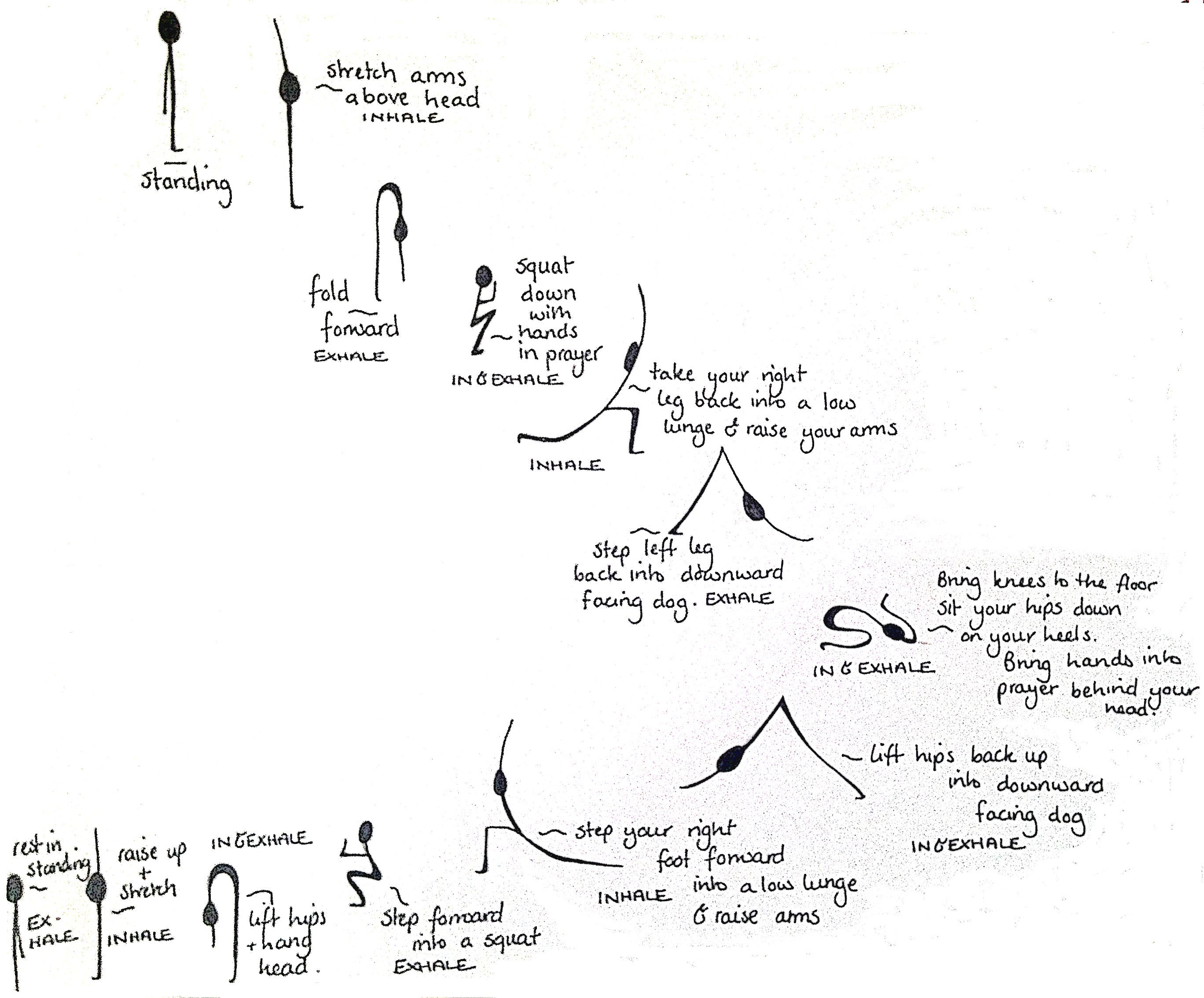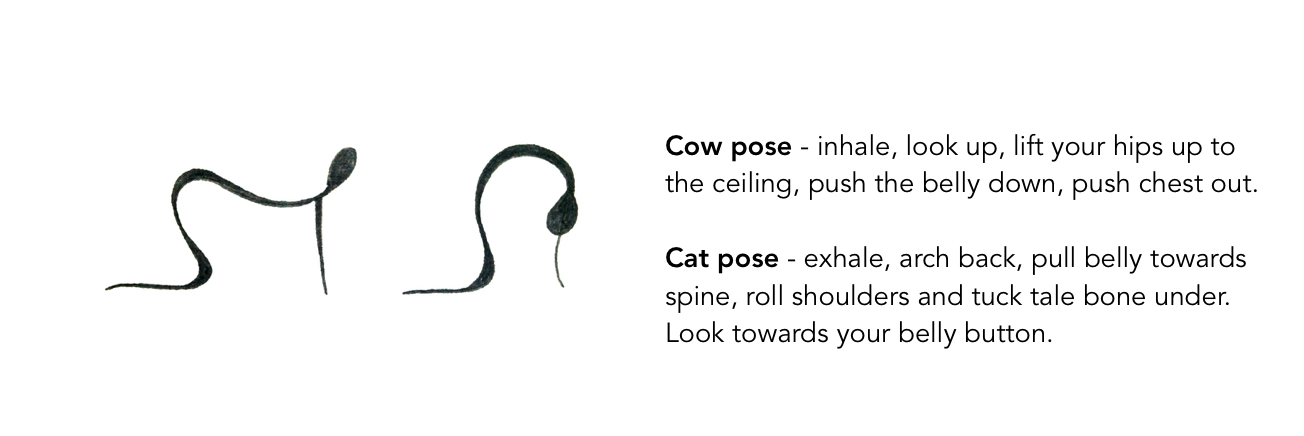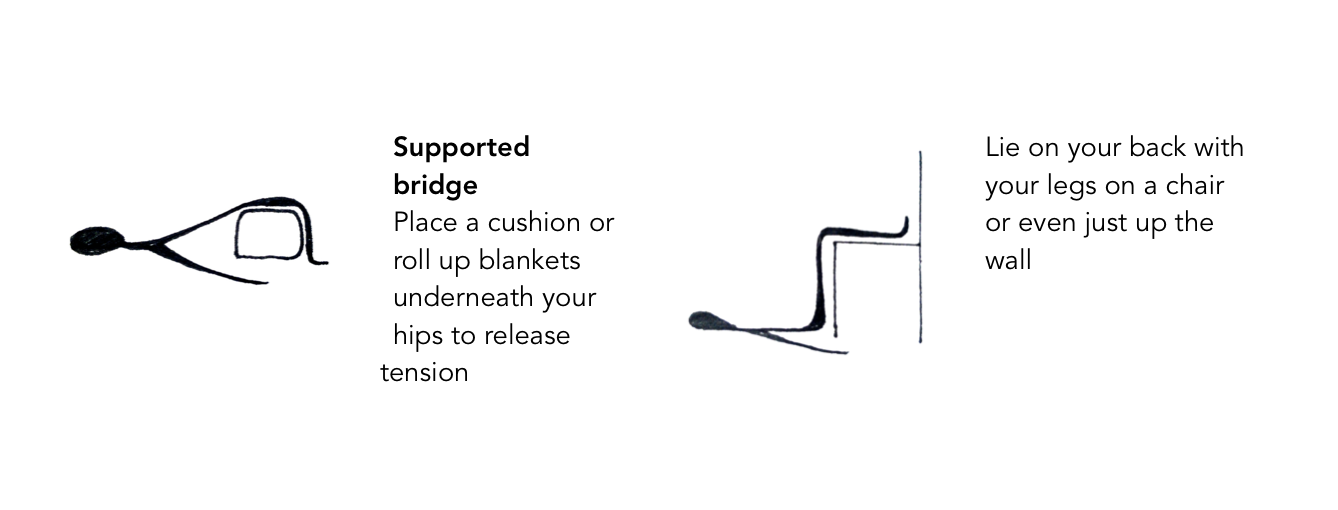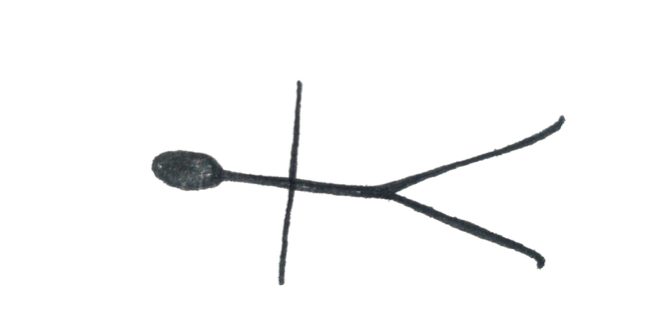During an episode of anxiety, Hatha Yoga, the physical aspect of yoga practice, is a wonderful way to help “still the fluctuations of the mind” or in sanskrit, “chitti vritta nirodhaha”. This phrase from the great sage, Patanjali’s sutras, or verses of yoga philosophy is now well recognised by yogis in the west as well as east.
The practice of combining the breath with healthful physical postures engages the body’s parasympathetic nervous system, also known as the “rest and digest” mechanism – the opposite of the sympathetic system which triggers the “fight or flight” response.
Certain poses are good for alleviating anxiety as they take pressure off the heart and lungs and unblock areas where anxiety gets trapped i.e. the hips often hold tension from unused adrenaline stored here in primordial preparation to run from danger, or stand to fight attackers. The shoulders, neck and jaw are also especially tense areas for those with anxious tendencies.
Pranayama or “Breath Control” Ujjayi breathing is an effective stress-relieving breathing technique. It is often known as the “ocean breath” as it can become like a soft sea sound. You breathe in and out through the nose but the out breath is slowed down by slightly compressing the throat as if in a snore. You can do this on its own or combine the breath with the poses and witness your bodymind calm.
Anuloma Viloma, or ‘alternate nostril breathing’ helps to slow the breath which can quicken when in a state of anxiety, panic or stress. Chandra (moon) Anuloma Viloma indicates breathing through the left nostril which increases the calming effect.
Extending the out breath is a good practice to quell anxiety as we often take in too much oxygen when we are worried. Elongating the out breath helps oxygen leave the body. Remember this must be done very slowly followed by a gentle deep in breath into the belly visualising the chest expanding outwards rather than upwards.
Asanas or “Postures”
Moon salutations (chandra namaskar) can burn off that excess, unnecessary adrenaline and help you focus and breathe in a controlled way without creating as much heat within the body as sun salutations (surya namaskar) can. “Cooling” is useful as stress and anxiety are hot emotions and cause friction within the body, hence muscle tension and stiffness.

Then surrender into Child’s Pose…

“Cat-cows” are a lovely way to connect with the breath, release stress from the hips, shoulders and even belly and pelvic floor.

Try some “Restorative” versions of poses for complete relaxation and passive tension release using pillows and props.

Simply sit in a position to open your hips and straighten your spine…

Or lie down and relax the entire body in Savasana – “The Corpse Pose”. Observe your thoughts, and let go of any negative attachments to your feelings. Just be gently aware of your present state, focusing on your breath and releasing muscle tension by breathing it out.

Other techniques like Yoga Nidra or “psychic sleep” are very good at dealing with anxiety. You can attend a class or be led through it by a private yoga teacher who will guide you through relaxing your body and meditating on positivity. You can do a simple version by scanning the body and relaxing each body part individually.
Mudras (gestures/seals)
These are shapes made mostly with the hands although other parts of the body are sometimes used. They are used as a way to seal energy within the body and keep the mind focused. Just making the gesture reminds your body what your mind knows about being calm and safe without having to mentally describe it to yourself all over again. With anxiety, sometimes the analysis of our feelings makes things worse, so we just need a short-cut to get to what we have worked out. Symbols of peace and calm to go to quickly.

If you are suffering from long-term anxiety issues then treat yourself to a private yoga session where you can learn poses that will be right for you. You may have the opportunity to discuss why you are anxious and work on your personal anxiety through your individual body with specially recommended asana (posture) practice and meditation. Or, you may choose to keep it simple and just learn to let go into some comfy restful positions that feel good for you.
Flo is a yoga teacher who offers sessions at Unity Studio on Mondays (7.45am – 8.45am) and Thursdays (1pm – 2pm). Contact: flowryder@zoho.com. Full info on the
Teachers’ page here.













